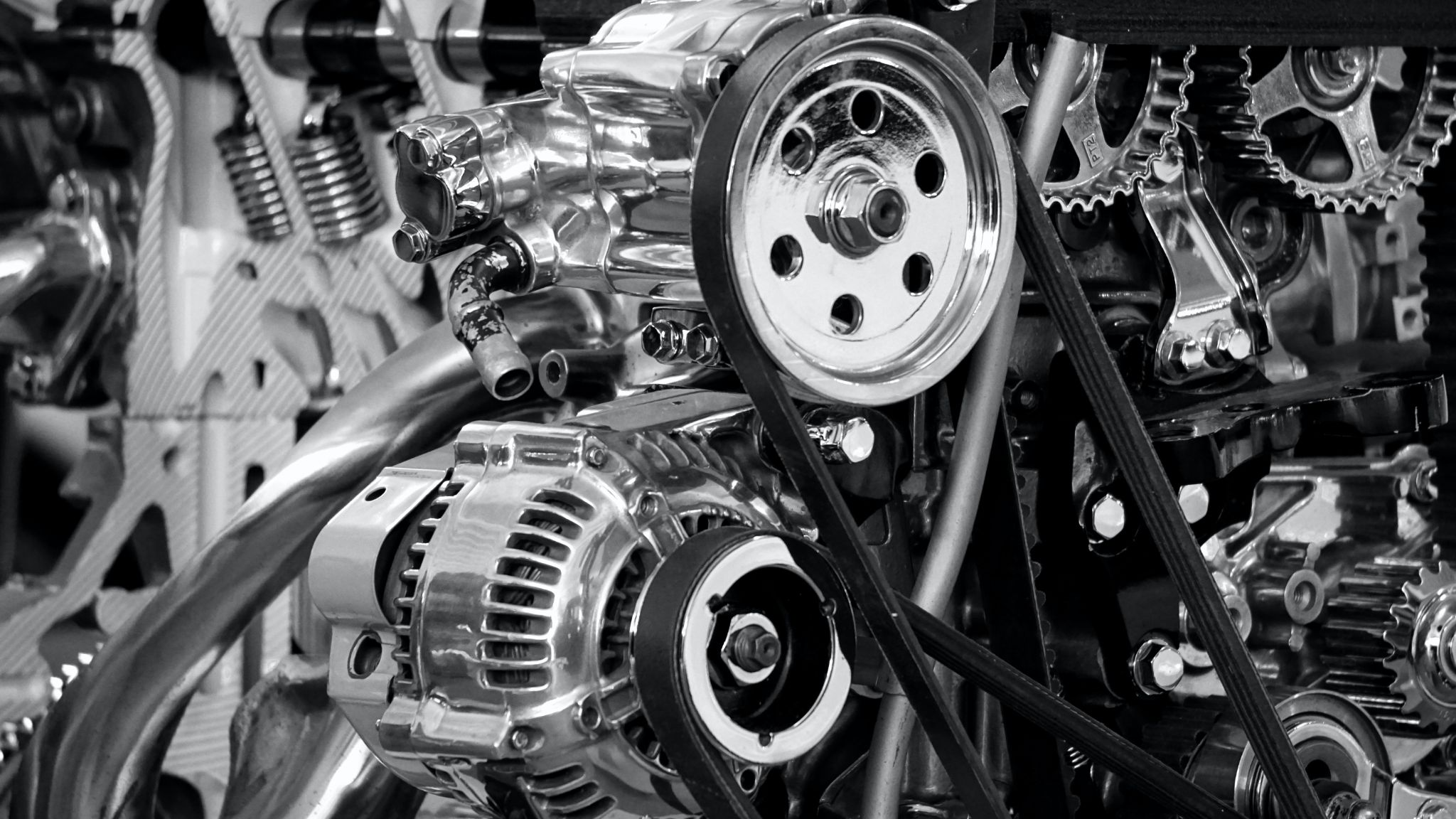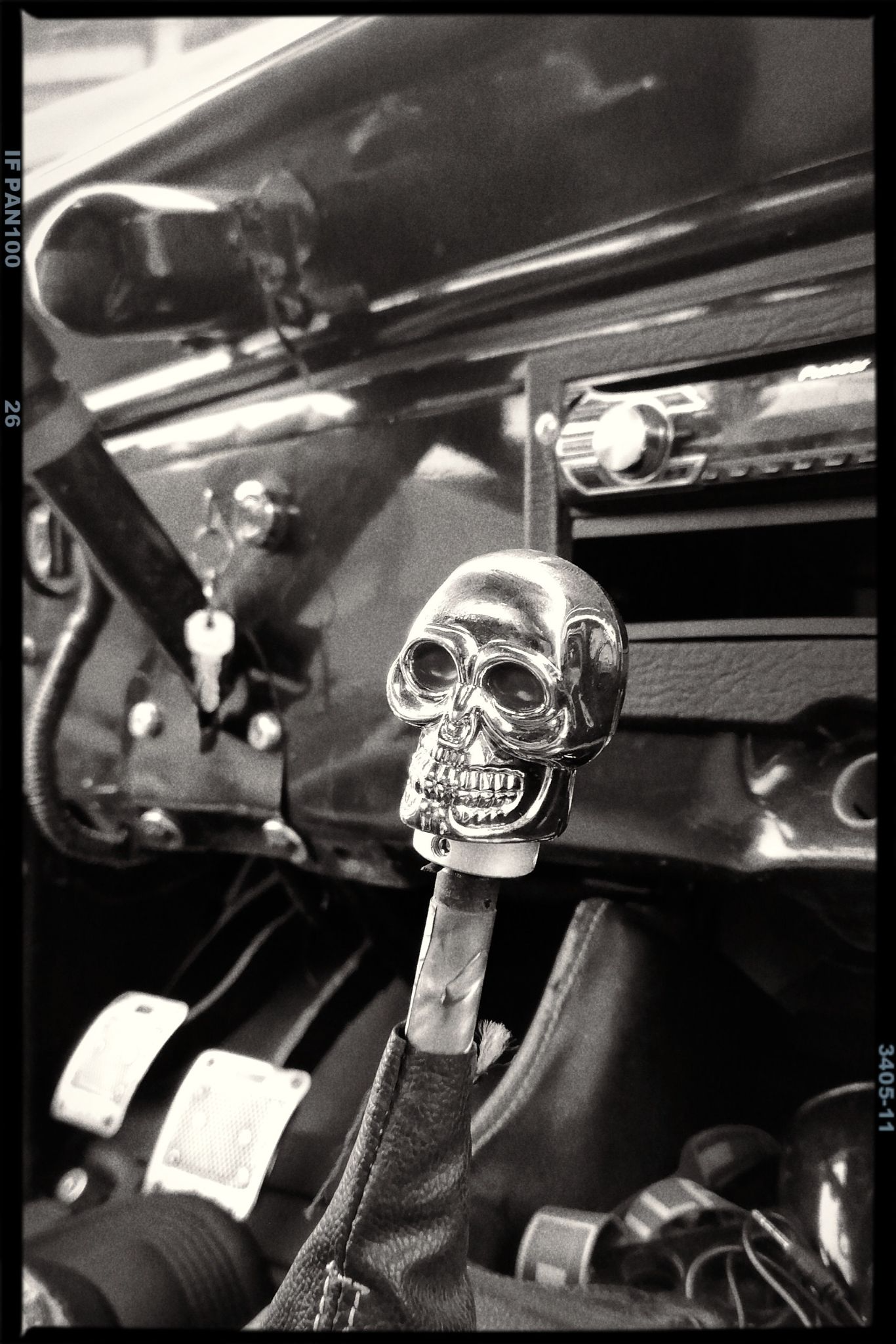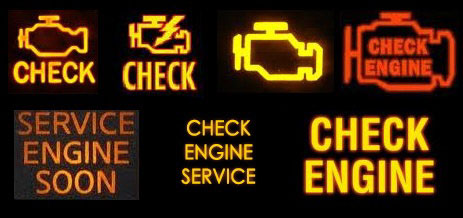It’s late at night. You’re driving on the interstate with a cup of your favorite beverage when you start to feel a lurch.
Your engine’s been doing that an awful lot lately.
I know I didn’t plow through a patch of ice just now, because it’s the middle of July, you might be thinking. Why does my vehicle feel like that? What’s up with it?
Vehicle diagnosis: transmission problem

Truckers: if you’ve found yourself asking these questions (and more), you might be having transmission problems. But never fear, because a little knowledge of the warning signs of transmission problems can help ease frayed nerves.
It’s crucial to familiarize yourself with transmission problem warning signs if you want to take action. By the end of this read, you’ll know exactly what a transmission problem feels, smells, looks, and sounds like, so you can fix your transmission and keep on trucking.
Let’s dive in.
Key transmission parts to keep an eye on

The major parts of a transmission include the hydraulic pump, planetary gears, clutch, brakes, and torque converter. Most common transmission problems originate in one of these key components.
Before recognizing the warning signs, take a moment to notice what each of these components looks like in your vehicle. Doing so will help you diagnose where the problem lies in your transmission if and when one of these warning signs arises.
As you’re driving — and even before you begin your route — consider doing a daily pre-drive inspection to ensure that all parts of your transmission look, feel, and sound as they should. If you need help, consider checking your vehicle’s driver’s manual — or consult your local fleet services repair shop — to learn more about what a healthy transmission looks, sounds, and should ideally feel like as you drive.
Having a baseline will give you the assurance and confidence to diagnose your vehicle and take proper next steps to nurse your vehicle back to life again.
The warning signs explained (using your five senses)

Your transmission should last you thousands of miles. Most transmission problems occur after 150,000 miles, but it is possible to keep your transmission working up to 300,000 miles with tender loving care.
Using our senses (sight, touch, smell, and sound) as a helpful starting point, we’ll explain the key warning signs to be mindful of in a faulty transmission. The more you can familiarize yourself with these warning signs, the more you’ll be able to keep your truck and vehicles running healthfully and for as long as possible.
Transmission movements: shaking or shuddering
In vehicles with manual transmissions, a defective transmission will make a grinding noise or sensation when shifting gears. Many drivers have reported that the noise and feeling are so intense that they initially thought they had rammed into an object or had been in an accident.
With automatic transmissions, you can expect less grinding but more shaking and shuddering when moving into higher gears. Regardless of transmission type, if your vehicle is shaking, wobbling, or making grinding noises, safely pull over and give your local repair shop a call to diagnose the reason for your vehicle’s erratic behavior.
Transmission transitions: delays in switching gears

Shifting delays can also indicate that something is up with the transmission. If you’re noticing delays in switching gears, you might be having transmission issues.
The delays could be due to issues with the cylindrical coils of wires that carry electric current (called solenoids) from the transmission to the car, dirty transmission fluid or low levels of transmission fluid, or clogged or defective transmission parts. Your local fleet repair or mechanic shop will be able to diagnose which of these transmission parts are the culprit behind your faulty “transmission transitions” as we like to call this transmission symptom.
My transmission’s being a real jerk

If you’re noticing that your transmission is jerking, lurching, or jolting forward or backward — while in park, changing gears, or pressing the gas pedal — the transmission might be the culprit.
Sometimes, the jerking will be accompanied by a large clunking noise or thud, and your car may struggle to accelerate. If you notice any of these transmission symptoms on the road, when safe to do so, pull over and call a tow.
These transmission issues may be signs of an issue with the engine or spark plugs, which could require additional servicing and repairs.
Transmission noises: whining, buzzing, clunking, and/or grinding

These strange sounds can all indicate major problems in a vehicle.
With an automatic car, you can expect to hear strange sounds like clunking noises, humming, or even whining sounds. With a manual car, the car will emit loud mechanical noises.
In both cases, the source of the transmission issues could lie in the torque converter or planetary gears. By taking early, decisive, and swift action on these issues, you can prolong the life of your vehicle’s transmission.
Transmission smells

If you start to notice a strange odor coming from inside your car, your vehicle could be leaking transmission fluid. While a check engine light should turn on, in case it doesn’t, there are two smells — burning smells and sweet smells — that point to problems with the transmission system.
Burning smell
If you notice a burnt smell coming from the hood of your vehicle, the fluid levels on your car could be low — or your transmission could be overheating. In order for transmission to work properly, its crucial to top off the fluid levels after each oil change and transmission service.
Ensuring your vehicle has all the right fluids will help alleviate the following above-mentioned symptoms and keep your engine running in tip-top shape.
Sweet smells

Unlike motor oil, most transmission fluid has a sweet smell (a burning smell if the fluid has expired) and is dark in complexion. This red fluid needs to be topped off after each oil change.
Serious transmission problems can occur if the transmission fluid is not filled up often. Aside from affecting other internal systems in the car, not filling up your fluid with fresh transmission fluid can cause gears to slip.
A vehicle with slipping gears and low fluid levels can be a safety hazard on the road, so it’s crucial to bring your car into the shop if you notice your vehicle isn’t moving into proper gear.
Transmission speed: sudden surging or deceleration
A vehicle relies on internal transmission parts — like the torque converter — to regulate a car’s acceleration and deceleration. If you notice your vehicle is suddenly revving up or slowing down, there could be issues with the internal components of the transmission.
At best, a functioning transmission keeps your car’s revolutions per minute (RPM) steady, and the transmission matches the amount of pressure you apply to the gas pedal. If you notice that the RPM feels inconsistent with the pressure applied, bring your car into the repair shop to receive a more detailed diagnosis.
Transmission visuals: check engine light on

The engine light: it’s one of the most predictable visual cues to help drivers keep tabs on their trusted vehicle. The check engine light is often the best indicator of transmission trouble lurking on the horizon.
However, just because the check engine light is on doesn’t necessarily mean your engine or transmission is suffering from engine or transmission failure.
A check engine light does indicate that the transmission system should be checked on sooner rather than later, though. Do pay attention to this helpful visual on your dashboard, as it could make the difference between needing a new engine or rebuilt transmission — invaluable savings for you and your pocketbook.
How can I fix my transmission problems?

Transmissions are some of the most durable, long-lasting, and complex pieces of equipment in your vehicle.
Whether your truck, car, or fleet vehicles are equipped with manual or automatic transmissions, keeping a calendar, checklist, and preventive maintenance schedule of needed repairs for your vehicles’ transmissions will help you nip potential vehicle issues in the bud before they spiral and become emergencies.
If at any point you’d like assistance, our technicians have over 25+ years of experience working on manual and automatic transmissions for a variety of vehicles. Whether it’s low fluid, a dragging clutch, problems with the clutch disc or pressure plate, or more, we’d be happy to point you in the right direction in fixing your vehicle’s transmission problems.
Don’t want to repair your vehicle yourself? Let a certified team of expert technicians give you a hand.
To begin receiving expert truck, car, and fleet care, contact us today.








